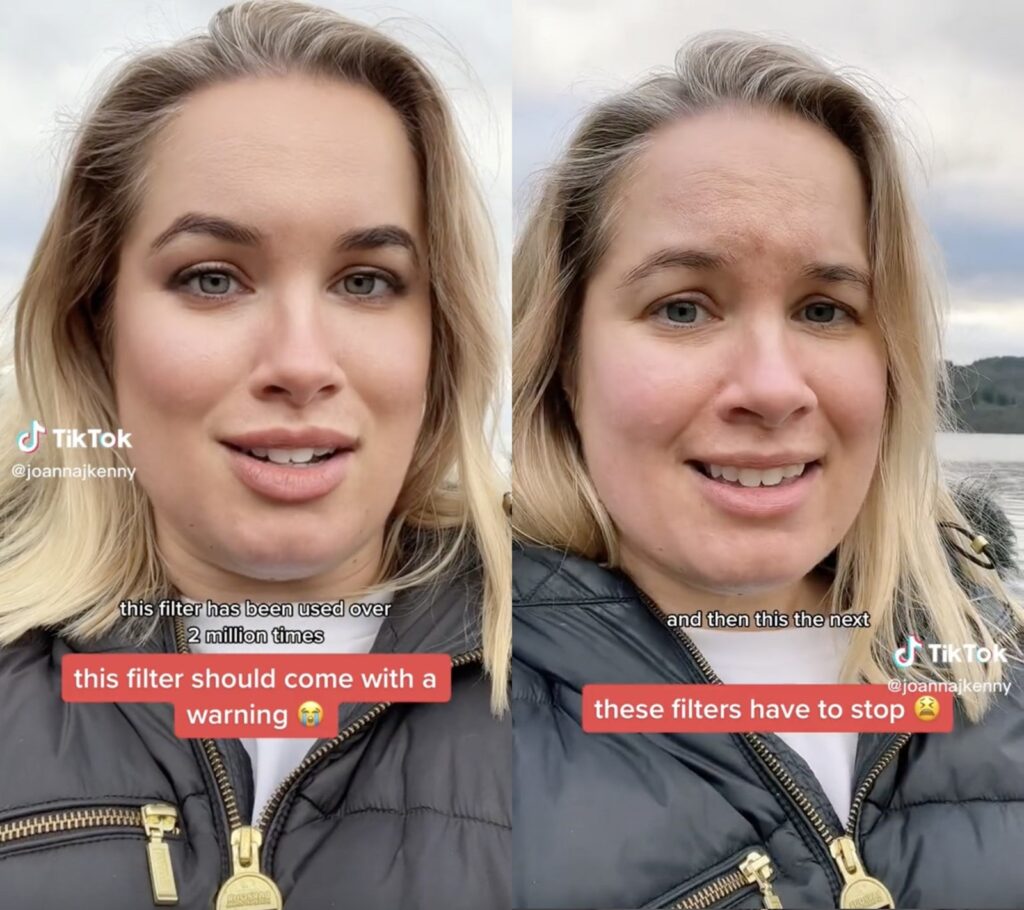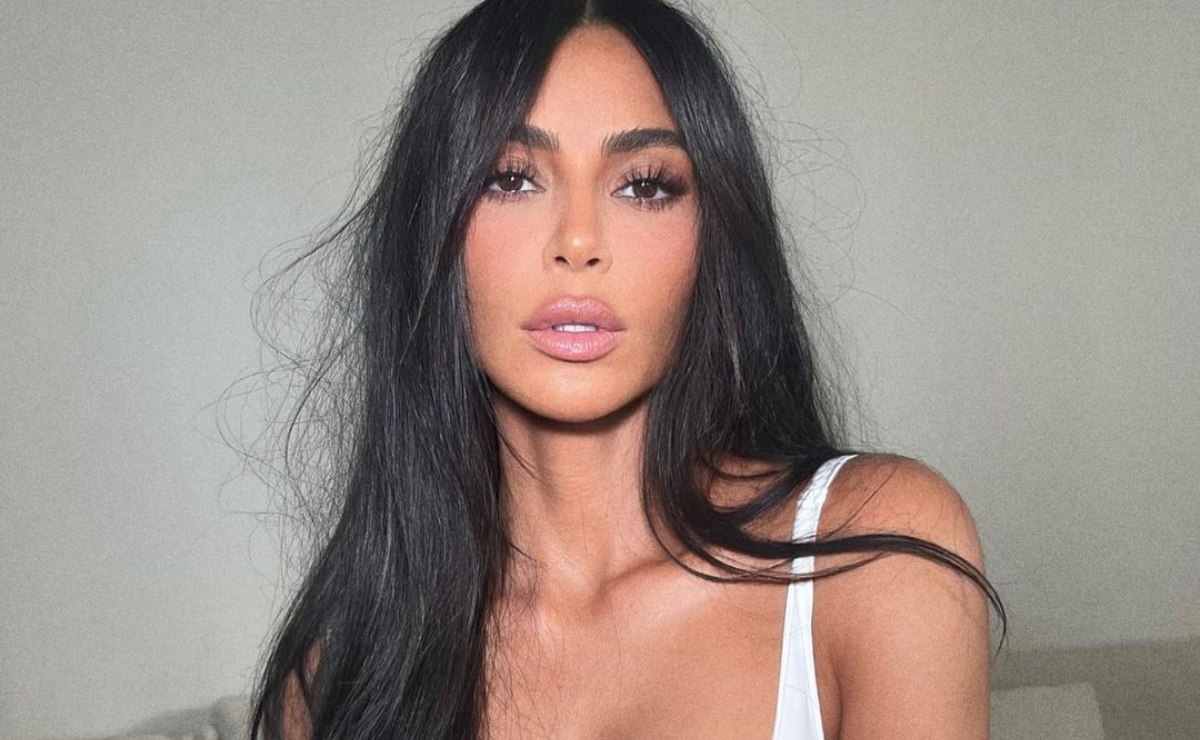The realism of the filters and the technology behind them has raised questions about the limits of facial distortion and the implementation of artificial intelligence in social networks.

Although Artificial Intelligence is not exactly a new technology, it has not been until the last few months that we have seen it applied in social networks. One example is TikTok’s Bold Glamour filter, which has been used in 46,8 millons videos. This is just one example of the new generation of filters that use AI to realistically integrate with the face. Others would be the Teenage Look, which creates a rejuvenating effect, and the Lite Foundation filter, which removes moles and blemishes.
Unlike traditionally known augmented reality filters that overlay a particular effect on a face, the technology being used in these newer filters – Generative Adversarial Networks (GAN) – is a learning technology that regenerates each pixel of a face based on a set of images. (TikTok’s parent company, ByteDance, has not disclosed the exact technology behind these new filters, but many filter creators have speculated about this).
Since Snapchat first introduced augmented reality filters in 2015, we’ve seen them evolve from adding elements to make you look like a ‘dog’ or ‘cat’ to something more macabre. Many set a new unattainable standard of beauty and perpetuate Eurocentric colorism and ideals. The result has been an unprecedented rise in plastic surgery and cosmetic retouching, and a subsequent global mental health crisis.
Psychologist Rory Gascoigne explains that using filters can cause the beginning of the development of a predictive model in which your brain thinks you look like this. When you see your real face, your brain will experience a prediction error that can lead to mental health problems, such as body dysmorphia or depression. “Your brain is constantly involved in the process of creating feedback loops with the environment in which you build a model of reality,” he explains.
The specialist assures that “the continued use of these filters among younger people at a time in their lives when they are still building their self-identity is worrisome. If they are corrupted by thinking that they should look like a filter, this is preparing them for a difficult time in life”. This cognitive dissonance between what we think we should be and what we really look like leaves people stuck in a loop of hopelessness and feelings of failure.
The creator of TikTok, Laura Gouillon, has made more than 100 effects on TikTok with more than 11.40 million views worldwide. Gouillon doesn’t believe the technology itself is necessarily dangerous. “I think the challenge for existing and future social networking platforms will be to provide context about the presence of photo and video manipulation,” she says, “in an effort to reduce the potential negative impact on users’ minds.”
In late March, AI leaders expressed serious concerns about the pace and autonomy this tool is developing. In an open letter with more than 1,100 signatories, including Elon Musk, Apple co-founder Steve Wozniak and Skype co-founder Jaan Tallinn, they called for a moratorium on the latest AI update. They warned that “AI systems can pose profound risks to society and humanity.” How will this end?
Bold Glamour: the TikTok filter that causes body dysmorphia.
Sigue toda la información de HIGHXTAR desde Facebook, Twitter o Instagram
